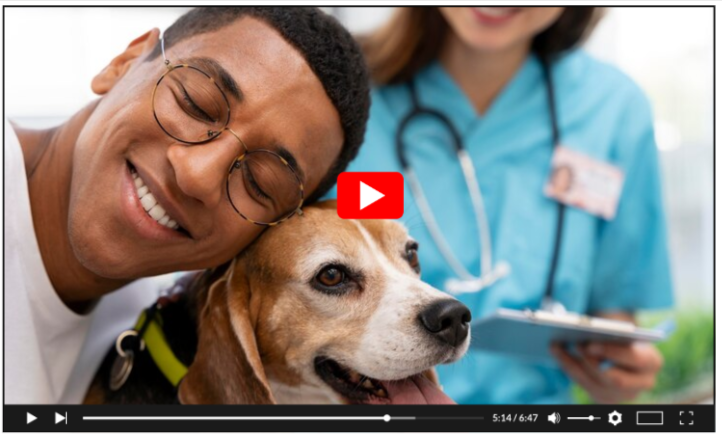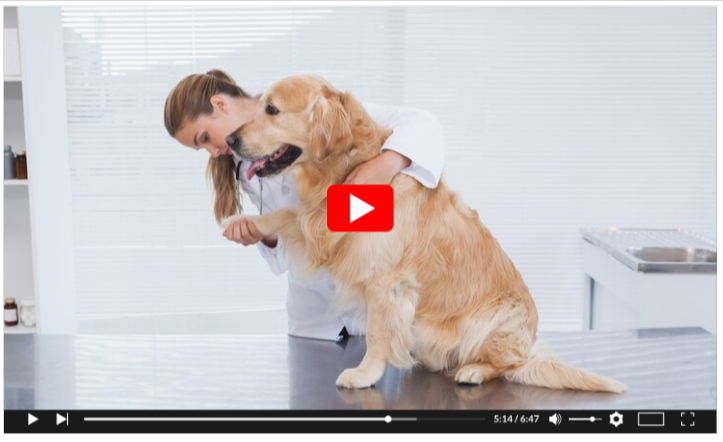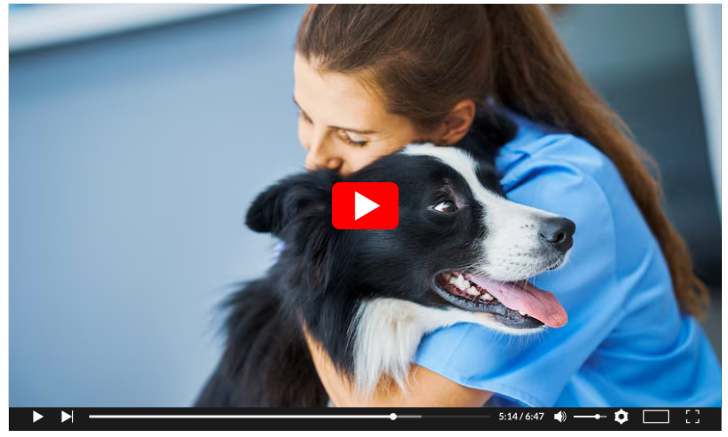Dog Anal Glands: Signs, Care Tips & When to See a Vet
When it comes to our furry companions, there are certain health issues that aren’t commonly talked about but are essential for their well-being.
One such topic is dog anal glands. If you’ve ever noticed your dog scooting their rear on the carpet or licking excessively under their tail, it might be time to learn about this often overlooked part of canine anatomy.
Dog anal glands are small sacs near the anus that release scent-marking fluid. Issues like impaction can cause discomfort, scooting, and irritation.
In this comprehensive guide, we’ll explore everything dog owners need to know about anal glands — what they are, how they function, signs of problems, and how to maintain your dog’s comfort and hygiene.
What Are Dog Anal Glands?
Dog anal glands, also known as anal sacs, are two small, pea-sized glands located just inside a dog’s rectum, at the 4 and 8 o’clock positions around the anus.
These glands secrete a pungent, oily substance used primarily for marking territory and identifying other dogs through scent.
While they might seem insignificant, these glands play a critical role in canine social behavior. Every time a dog defecates, a small amount of this fluid is released, leaving behind a unique scent signature.
This is why dogs often sniff each other’s behinds when meeting it’s a way of gathering information about one another.
Functions of Dog Anal Glands
The primary function of the anal glands is scent marking. In the wild, animals use scent to establish dominance, set territorial boundaries, and communicate reproductive status.
For domestic dogs, these glands still produce the fluid, though it’s no longer necessary for survival.
Unfortunately, because modern dogs often lead less physically active lives and have more processed diets, their anal glands can become problematic, leading to impaction, infections, or abscesses.
Common Anal Gland Problems in Dogs
While healthy anal glands should empty naturally during bowel movements, many dogs experience issues with them. Here are some of the most frequent problems:
Anal Gland Impaction
Impaction occurs when the anal glands do not empty properly, causing fluid to build up and thicken. This can be painful for dogs and often leads to swelling and discomfort.
Signs of impaction include:
- Scooting their bottom on the floor
- Licking or biting the anal area
- Swelling near the anus
- Foul odor
- Difficulty defecating
Anal Gland Infection
If impaction is not addressed, bacteria can grow within the glands, causing infection. Infected glands become inflamed, tender, and may produce a yellow or bloody discharge.
Signs of infection:
- Severe pain near the anus
- Swelling and redness
- Yellow, green, or bloody fluid from the anal glands
- Reluctance to sit or defecate
Anal Gland Abscess
An untreated infection may develop into an abscess, a pus-filled swelling that can rupture if left untreated. Abscesses are painful and require prompt veterinary attention.
Signs of an abscess:
- Visible, swollen lump near the anus
- Redness and possible rupture with oozing fluid
- Behavioral changes (lethargy, aggression)
Causes of Anal Gland Issues
Several factors can contribute to anal gland problems in dogs, including:
- Poor diet (low fiber)
- Obesity
- Chronic diarrhea or soft stools
- Insufficient physical activity
- Breed predisposition (smaller breeds like Chihuahuas, Toy Poodles, and Cocker Spaniels are more prone)
Signs Your Dog May Have Anal Gland Problems
Recognizing early symptoms can prevent serious complications. Watch for these warning signs:
- Persistent scooting on carpets or grass
- Licking or chewing the base of the tail
- Swelling or redness near the anus
- Strong, fishy odor
- Reluctance to sit, defecate, or exercise
- Whining or yelping when touched near the rear
How to Express Dog Anal Glands
Some dogs with recurring anal gland issues require manual expression, either by a veterinarian or a trained groomer. Here’s an overview of the process:
When Should You Do It?
- If your dog is scooting or excessively licking their rear
- If you notice swelling near the anus
- If advised by your veterinarian
How Is It Done?
External Expression Method:
- Wear disposable gloves.
- Lift your dog’s tail.
- Place a clean tissue over the anus.
- Use your thumb and forefinger to gently squeeze at the 4 and 8 o’clock positions.
- Gently press inward and upward to release the fluid.
Note: Anal gland expression can be messy and unpleasant. If you’re uncomfortable, always consult your vet or groomer.
When to See a Veterinarian
While occasional scooting isn’t always a cause for alarm, persistent symptoms should be checked by a vet. Veterinary intervention is necessary if:
- There’s bleeding or pus
- The glands are hard or very swollen
- Your dog shows signs of significant pain
- There’s a foul, fishy smell
- Symptoms don’t improve after a few days
A veterinarian can safely express the glands, treat infections with antibiotics, and in rare cases, surgically remove chronically problematic glands.
Preventing Anal Gland Problems
Preventing anal gland issues largely involves promoting good digestive health and maintaining your dog’s overall well-being. Here are some proven prevention tips:
High-Fiber Diet
Adding fiber helps bulk up stools, naturally expressing the anal glands during defecation. Options include:
- Pumpkin puree
- Cooked sweet potato
- Green beans
Regular Exercise
Physical activity encourages healthy digestion and reduces obesity risk, a key factor in anal gland problems.
Healthy Weight Maintenance
Overweight dogs are more prone to anal gland issues. A balanced diet and exercise can help keep your dog at an optimal weight.
Hydration
Adequate water intake supports digestion and helps prevent constipation, another contributing factor to gland issues.
Routine Vet Visits
Regular check-ups can catch early signs of anal gland problems before they become serious.
Dog Breeds Prone to Anal Gland Issues
While any dog can experience anal gland problems, certain breeds are more susceptible:
- Chihuahuas
- Dachshunds
- Lhasa Apsos
- Toy Poodles
- Cocker Spaniels
- Shih Tzus
- Beagles
Owners of these breeds should be especially vigilant about signs of anal gland discomfort.
Natural At-Home Remedies
In mild cases or for maintenance, these home care practices can be helpful:
- Warm Compresses: Applying a warm cloth to the anal area can help soothe discomfort and promote drainage.
- Increase Dietary Fiber: As mentioned earlier, adding fiber-rich vegetables or canned pumpkin to meals can help regulate bowel movements.
- Probiotics: Maintaining a healthy gut flora can improve stool quality, aiding in natural gland expression.
Caution: Always consult your vet before trying home remedies, especially if your dog shows signs of pain or infection.
Conclusion
Though often overlooked, dog anal glands play an important role in canine health and communication. When functioning properly, they go unnoticed.
However, when problems arise, they can cause significant discomfort for your dog. Recognizing the signs of anal gland issues early such as scooting, licking, or a fishy odor —can prevent more serious complications.
Routine care through a fiber-rich diet, regular exercise, and attention to your dog’s bathroom habits can go a long way in preventing problems.
If your dog is prone to gland issues or if you’re ever in doubt, consult your veterinarian for safe, effective management.
Caring for your dog means paying attention to every part of their health — even the less glamorous ones like anal glands. With a little knowledge and proactive care, you can keep your pup happy, healthy, and scoot-free.
References Link
- Anal gland
https://en.wikipedia.org/wiki/Anal_gland
- Anal Sac Disease in Dogs
https://www.webmd.com/pets/dogs/anal-sac-disease-dogs
- How to Express a Dog’s Anal Glands
https://www.petmd.com/dog/general-health/how-to-express-dog-anal-glands



